| MAIN | | | JAN 2013 | | | FEB 2013 | | | MAR 2013 | | | APR 2013 | | | MAY 2013 | | | JUN/JUL 2013 | | | AUG 2013 | | | SEP 2013 | | | OCT 2013 | | | NOV 2013 | | | DEC 2013 | | | HOME |

|

|
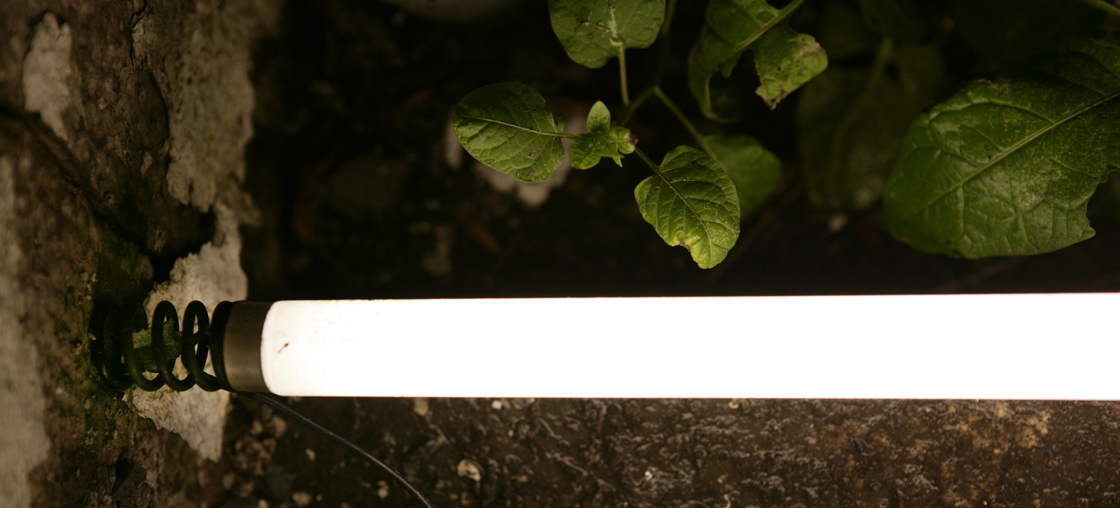 |

|

|

|
|
In your work as an architectural designer and conceptual artist, you have taken your interest in urban dynamics and social spaces to explore and challenge cultural perceptions of continuity and stability, such as with your work ‘Tensegrity’ – what motivated this direction?
I would have never made the connection between tensegrity's perceptual continuity and stability with that of social spaces. My initial motivation was to produce a light fixture using only its light source (lamp) and electrical conduit (wire). Since these are the ad minimum elements required for a light, and as they often depend on a physical armature to supply its fixture, tensegrity was a structural means by which lamp and wire constitute both the light and the fixture. In the process I realized just how counterintuitive the system is to my training. Our laws of gravity dictate to build up through a system of strata, stacking one element onto the other. Tensegrity works quite differently. Its as though it cannot distinguish between the up and the down. Each element regardless of it particular order in the structural sequence has an immediate effect on all of the elements below it as well as above. Perhaps most poetic is that the system requires a degree of 'tuning' to stiffen by adjusting the chords, not unlike an instrument. Our western perception of social spaces however codified, can too be reduced to this gravitational paradox between structural conventions. On the one hand you have the shopping mall and on the other the labyrinth to chose from. Its a matter of which dead end you prefer: the singular with multiple exits, or a multitude with one exit. I have always preferred the latter, and have never left. |

|

|

|
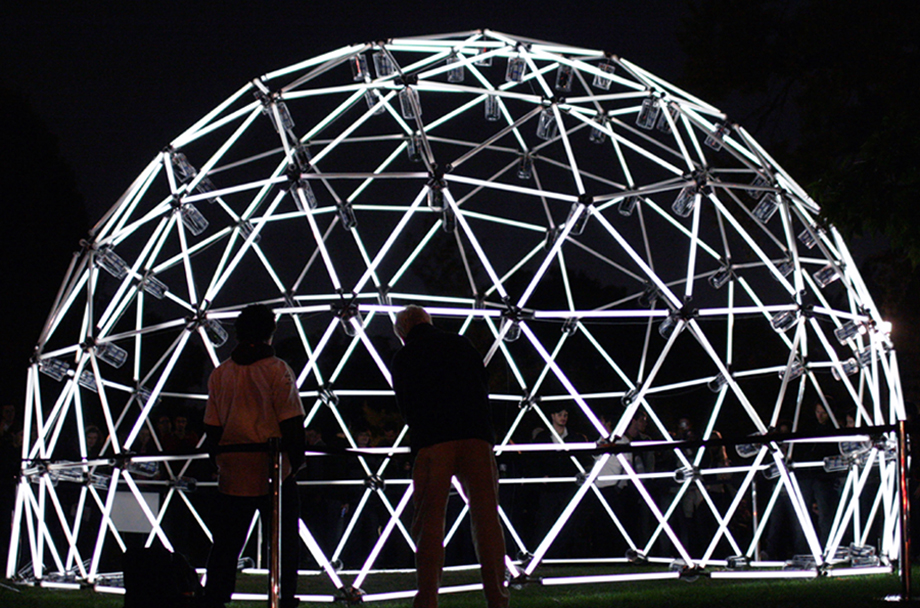
|

|

|

|
|
Energy and light sources characterize many of your design ambitions and creative endeavors - how does the integration of light forms facilitate your expression and personal process – does the role of light forms speak to politicized perspectives of structural forms?
It was never my intention to work in light. When I began to experiment with geodesic domes and their platonic order, light, or rather the fluorescent tube became a material suitable to convey the structure's logic and efficiency to distribute loads and forces. This was the genius of Fuller's domes, that they exhibited properties of structural correlation so that tubes of glass having a limited resistance to compression and tension and almost none to resist moment forces could act as its integral structural components. If ever we needed a physical model of egalitarianism, the geodisic dome serves as a perfect example. Born in Post-War Communist Poland, how did your upbringing inspire you to express ideas through design and architecture? I'm a modernist. As one of the hardest working, most diligent artist I've known, devoted to the stages and outcome of your designs, theoretically engaged in the approach, methods and technical aspects of your work(s) – does devotion this derive from a sense of social responsibility? I'm not certain whether it comes from any social responsibility at all. There exists a deep desire to make things 'better' but I feel less certain for who and for what. I always return to an essay I read not long ago by Yehuda E Safran on the master builder. He states that at a certain point one continues to build to "better their relationship with their own consciousness" This always brought me a great sense of relief as it subverts ones "good intentions" surrounding design in favor of ones ethos of which I'm a little less wary in the 21st century. |

|

|

|
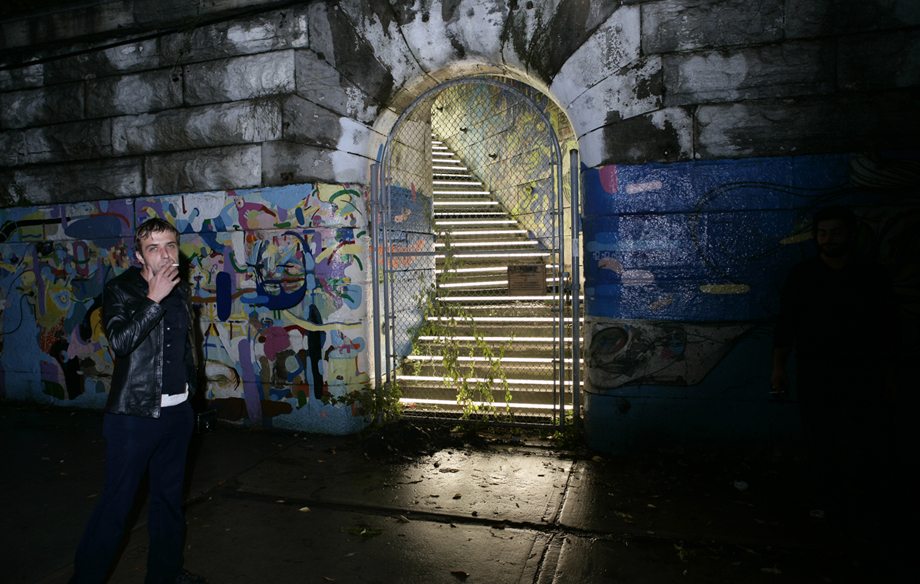
|

|

|

|
|
Having lived, worked and studied in multiple countries with multiple cultural sensibilities and political dynamics in a ‘post-Cold War era' – what experiences and observations do you attempt to exemplify and/or aspire to convey in your work as an architectural designer?
More importantly than 'Post cold war', as much as I sometimes romance for it's return. In a Post Fordist Era never before has it become more important for me to treat those I work with (especially in trades) with dignity. I feel one way or another all of our experiences will sublimate through any creative endevor, whatever the epoch. However this particular moment in time and its means to an end attitude towards production and consumption demands a sensitivity which perhaps in the past we took for granted. Currently based in Toronto, Canada where funding for the arts and design is encouraged as a public good - has this enabled as a designer? How do you critique environments that do not seem to honor the value creative endeavors, does this impact our overall sense of humanity? Ironically I have never before applied for a grant. I always funded my projects except in the case of sponsorships and collaborations with larger manufacturers. I would agree with you that funding art is a collective responsibility. It's really the last frontier that we haven't translated directly into profit and outsourced to the lowest bidder, although that is slowly changing, which is why it seems reasonable that we should sponsor it collectively. There is a growing polarization in this debate and its commonly typified by the 'tax payer' argument. That opposition doesn't surprise me however considering that it comes from a source whose extent of social contribution and responsibility ends at paying taxes. What draws me most to art is precisely why it is so vilified in so far as its absolutely worthless and unapologetically useless. It really is the bastard child of how we understand progress today. We met on the front steps of an apartment building in New York City’s Lower East Side around 1998 or 1999, known as ‘the stoop’, a space where friendships were formed, where deep and sincere discussions ensued, where humor and inspiration seemed endless – in your view, how have shifting dynamics of urban architecture and design impacted our social landscapes? I think the fact that you can't buy frozen margarita's to go from around the corner at the 'Hat' anymore says a great deal. It seems from 1998 to the present, cities have undergone a radical transformation. Its no longer the case that less and less of these spaces exist as an effect of market pressures forcing their erasure. Its the fact that from my own observations, people seem less inclined to have these sorts of spontaneous interactions in the public realm. The city has become a neo liberal curatorial project much like our own individual social media metamorphosis but at a larger scale. |
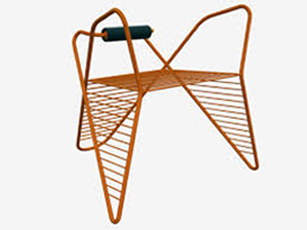 |
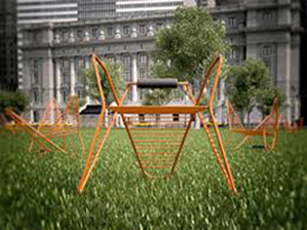 |
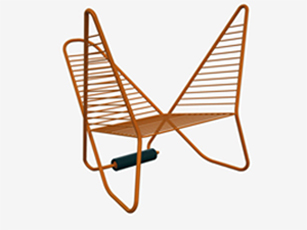 |
|
Your work has been exhibited and recognized internationally, what are some of your current ambitions and projects - can you spill out some design endeavors and opportunities in your portfolio?
I'm currently ramping up for a show at the Design Exchange in Toronto which opens at the end of October which features Canadian design both past and present. In the meantime, I received an invitation by SPOK/Kabinet architektury in Ostrava, Czeck Republic who generously offered a Solo exhibition which will be my first. I'm particularly excited to return to what I knew as Czechoslovacia from my childhood. 'The Pretzel Chair' is one of 50 finalists from a competition held by the Battery Conservancy In New York City - an open design competition for an iconic chair to be used in the new space of Battery Park. They received an overwhelming 679 submissions and will announce a short list of 6 in November of which they will build prototypes and select the winner. |

|

|

|
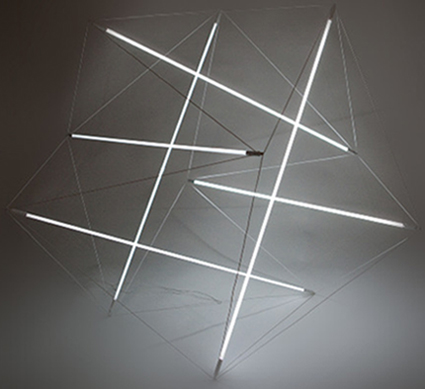
|
What challenges have led to opportunity on either a personal level and/or professional scope that have enlightened your own determination?
I feel the risk to fail is by far the greatest challenge to overcome in its on set and in its outcome. My first big project was written up with the heading of 'spectacular failure' which to this day I consider the greatest compliment if indeed the opposite is a 'mediocre success'. What philosophies, principles, and values guide your creative process? Its starts off as a perpetual cycle which alternates between coffee and cigarettes, gradually building enough momentum until the cigarette becomes the coffee and vis versa. Time grows increasingly sparse, sleep less relevant and panic churns into accomplishment. Over the years I have learnt the importance of adding plenty of water to this formula. Do you feel you have tapped into a purpose – your life’s work? Certainly. I'm fortunate enough that I can say that I have. At the same time I have given up my whole life to be able to say that. When you dream, what is the experience, where do your thoughts gravitate? C-Anti, I'm going to pass on this I barely sleep these days... |

|
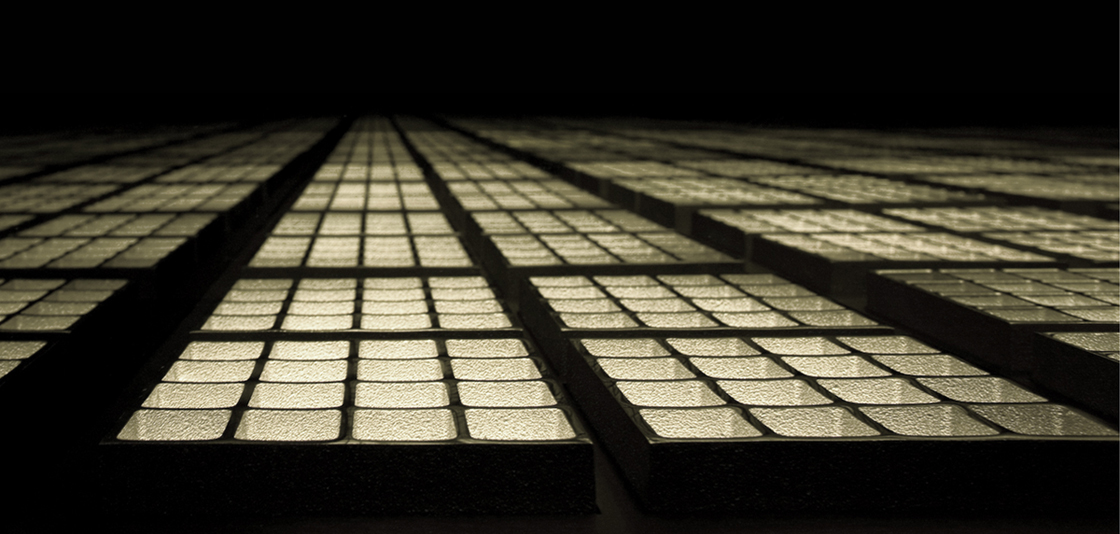
|
 |
 |
 |
| MAIN | | | JAN 2013 | | | FEB 2013 | | | MAR 2013 | | | APR 2013 | | | MAY 2013 | | | JUN/JUL 2013 | | | AUG 2013 | | | SEP 2013 | | | OCT 2013 | | | NOV 2013 | | | DEC 2013 | | | HOME |
